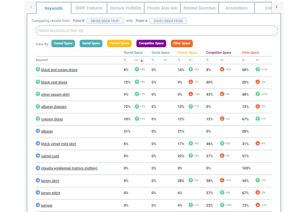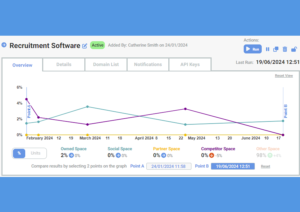SERPsketch has many uses for digital marketers. Though its focus is on page one SERPs, the data that SERPsketch provides can be applied in a number of interesting use cases that we highlight below.
Choosing Marketing Channels
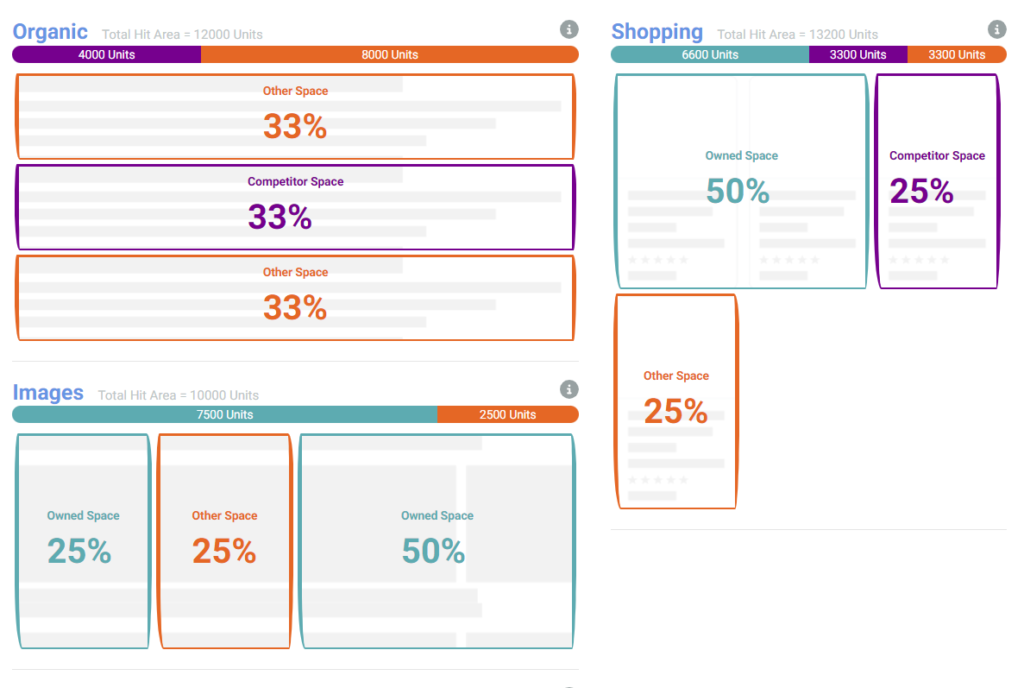
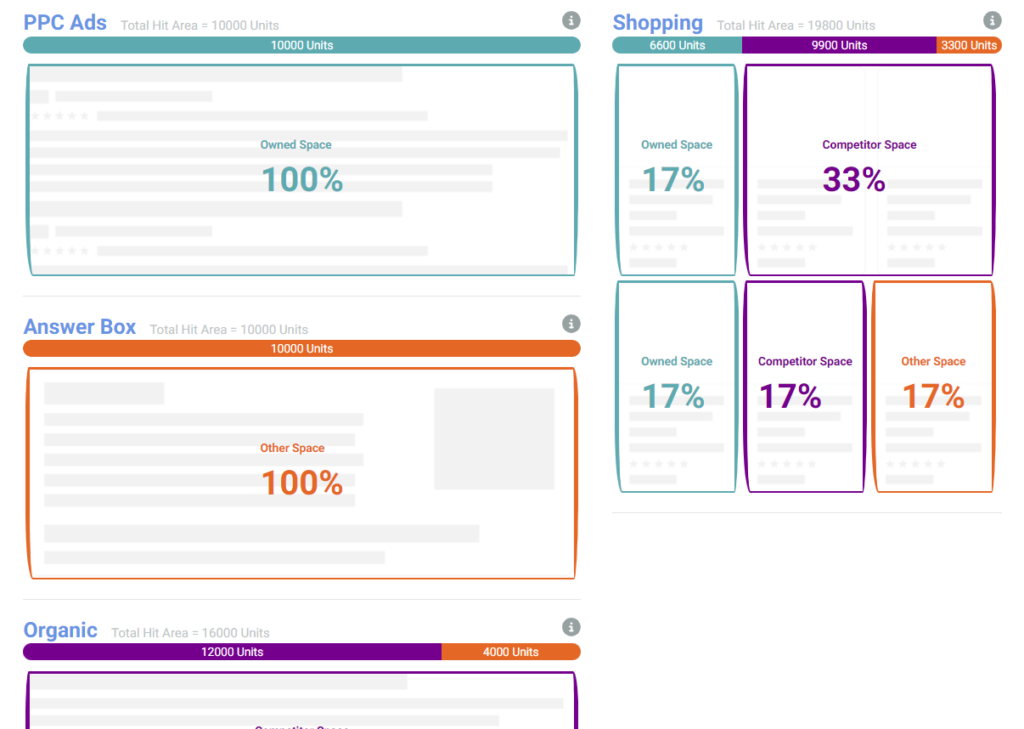
Content briefing
A brand was producing content for their site, with the aim to become known as a thought leader in the space. They wanted to own the answers for lots of ‘people also ask’ and rich snippets to ensure that they were seen in as many places as possible. But with limited resources and a content team that wasn’t heavily trained in SEO, they were struggling to know what to produce.
Creating a streamlined briefing process with SERPsketch enabled the client to efficiently know which content could get them the most reach. To do this they:
- Inputted a core set of keywords on the themes they were looking to write about
- Exported the “Questions” section of SERPsketch to get a list of the most common questions, and how often they appear in the SERP, to build a structure for each content piece
- Used the Related Searches tab in SERPsketch, to build out a landscape of related keywords which should also be covered in the piece to ensure they covered all key areas for search engines in the content
SERPsketch is the only tool in the market which counts occurrences of questions across a keyword set, enabling smarter content production to cover as much reach as possible.
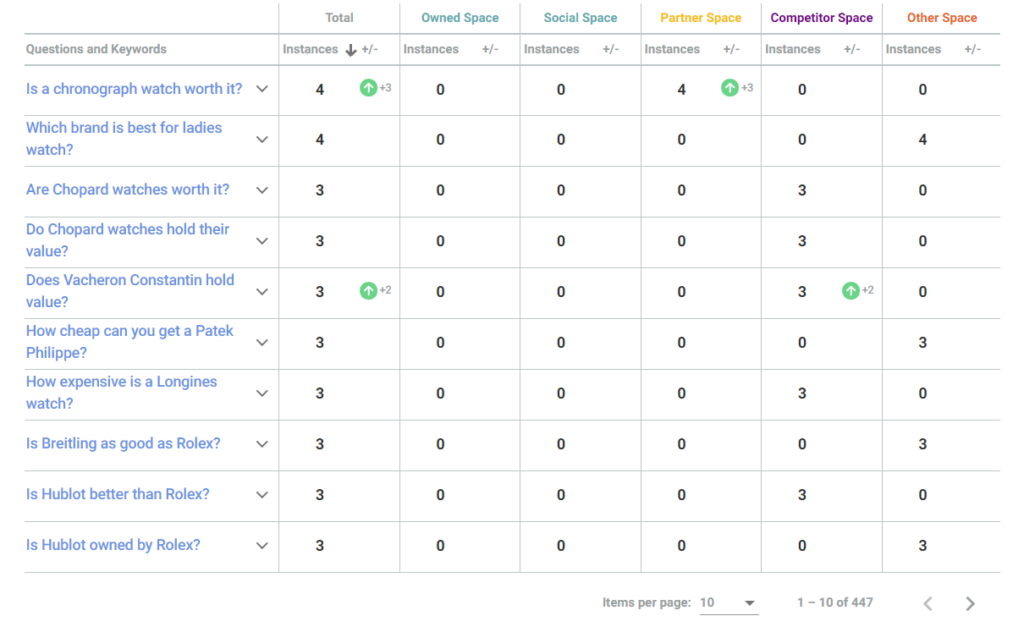
Image for illustration only. Brands mentioned are not related to the use case.
Board Level Reporting
Senior leaders at a brand were looking to better understand their share of voice against competitors but didn’t have a big budget to spend.
They set up a campaign sketch in SERPsketch using the top 25 keywords the brand cared about. With SERPsketch they were able to report weekly on the reach they had within page one of Google compared to their partners and competitors.
Tracking this weekly showed them the value of some of their recent investment in content and SEO technical work. They overtook high-performing partners for more visibility across one area of their keywords. This enabled them to understand the impact of their digital marketing activity and scale up the time they invested in it to gain faster results.
With a low cost to entry, SERPsketch is the most cost-efficient way to get a clear, quantifiable measure of your page one landscape.
With easy-to-understand numbers, senior stakeholders can quickly get involved in tracking performance rather than relying on vague ideas or complex metrics created by the specialists.
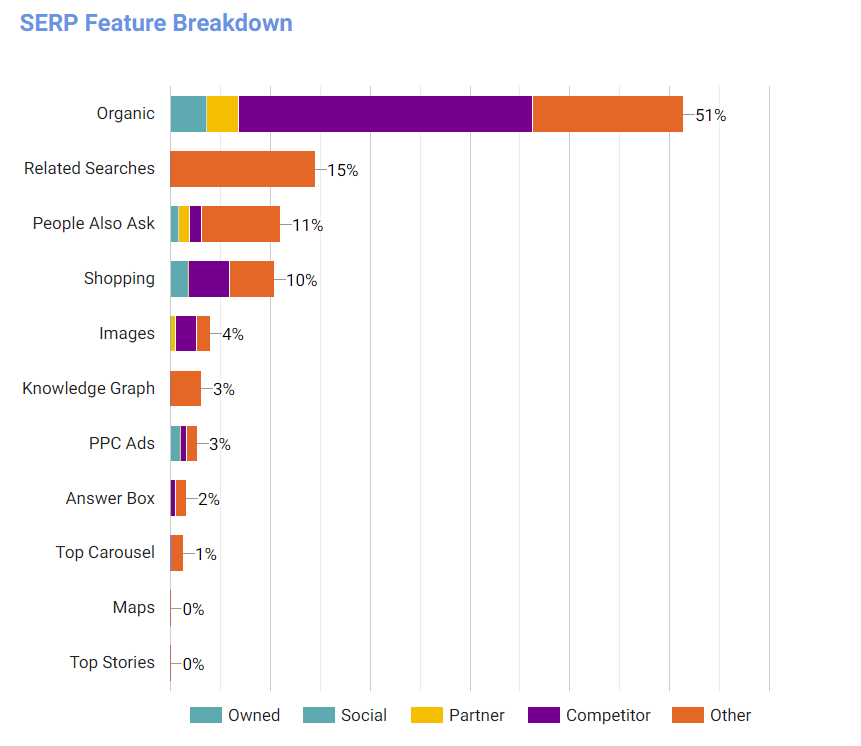
Tracking partner performance
SERPsketch allows you to classify the sites you’re tracking as your owned domains, competitors, partners and any others. This enables you to see a more realistic picture of your market, and not chase after spaces where a friendly partner is already present. Marketing efforts can then become even more efficient.
An ecommerce client was selling its product both direct to consumer and via resellers. They found that resellers with historically great performing sites (e.g. Amazon, John Lewis) were spending more than them on their core brand and pushing their own ad spends up. Meanwhile the partners were performing well across SEO too making it difficult for the vendor to gain traction.
The client reframed their approach to digital marketing by tracking their partner sites’ performance in SERPsketch to better understand where to compete and where to leave it to their partners.
They chose a strategy to focus all their efforts into searches where their partners weren’t present to capture market share directly from competitors, then turned off their efforts in places where partners were strong.
They then used the saved budget to invest into better partner/reseller management, leading to higher sales across the board.
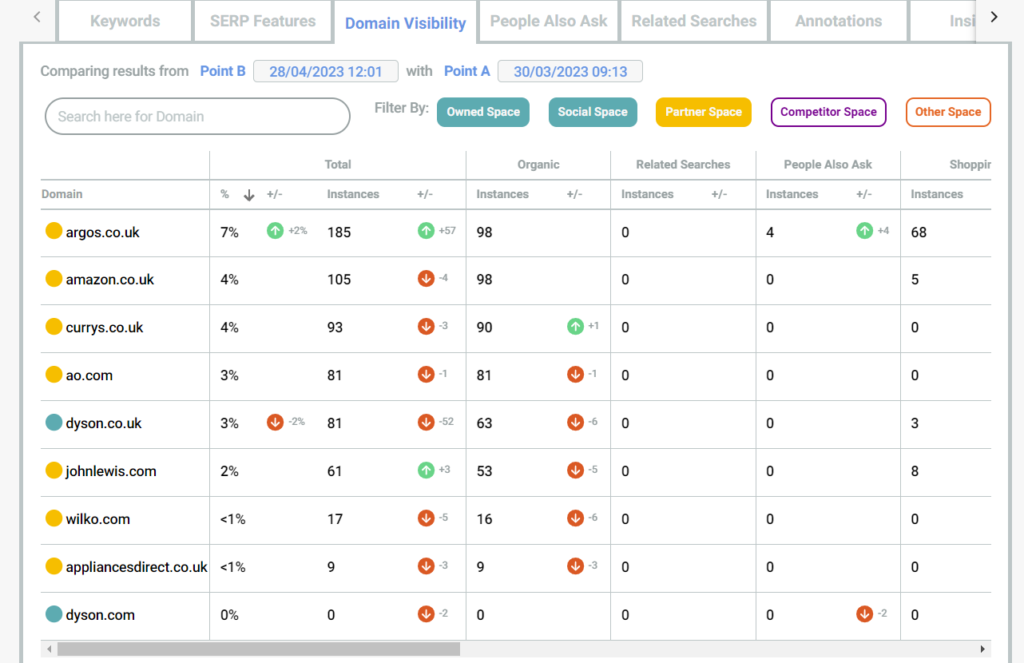
Image for illustration only. Brands mentioned are not related to the use case.
With a month’s free trial, it’s easy to try out SERPsketch and apply these use cases for your company.


